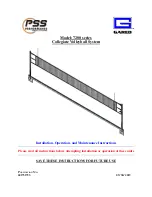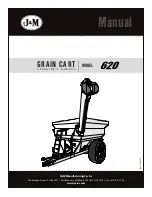
Date: 10.12.2004
Manual
Revision: 0
RUSH US
Page: 9
Performance Variable e.K. Am Tower 16, 54634 Bitburg
It is important for your safety and enjoyment that you match your canopy with your ability
and weight.
PV
canopies are built in several models that span a wide range of canopy
surface area. Any canopy's descent rate and forward speed increases as the weight it is
carrying
—the so-called exit weight—
increases. The canopy also becomes more
responsive as forward speed increases. It also reacts more radically when it is stalled or
turned.
Because of these aerodynamic facts, it is unsafe to put
too much weight
under any
particular canopy. Safe and comfortable landings will be difficult to obtain, even for
experienced jumpers under ideal conditions. Less experienced jumpers will have even a
harder time and be at greater risk.
Determining the
wing loading
of the parachute you intend to jump or buy is a good guide
to match your weight to a particular canopy.
Wing loading is easily calculated by dividing the total
exit weight
in pounds by the surface
area of the canopy in square feet. Total exit weight is the weight of the jumper plus all
his clothing and gear, including the main parachute itself.
The surface area of
PV
canopies is printed on the data panel, on the center cell rib or on
the center cell top surface near the tail. (Be sure to actually check the data panel—
canopies of different sizes may look the same.)
A typical ready-to-jump sport piggyback (rig and both canopies) weighs 20 to 30 lbs. Add
this, plus the weight of your jumpsuit, clothing and accessories to your body weight to get
the total suspended weight.
For example, a jumper who weighs
165 lbs.
wearing his jumpsuit and who jumps a
packed rig that weighs
25 lbs.
would have an exit weight of
190 lbs.
Picking the Right Canopy










































